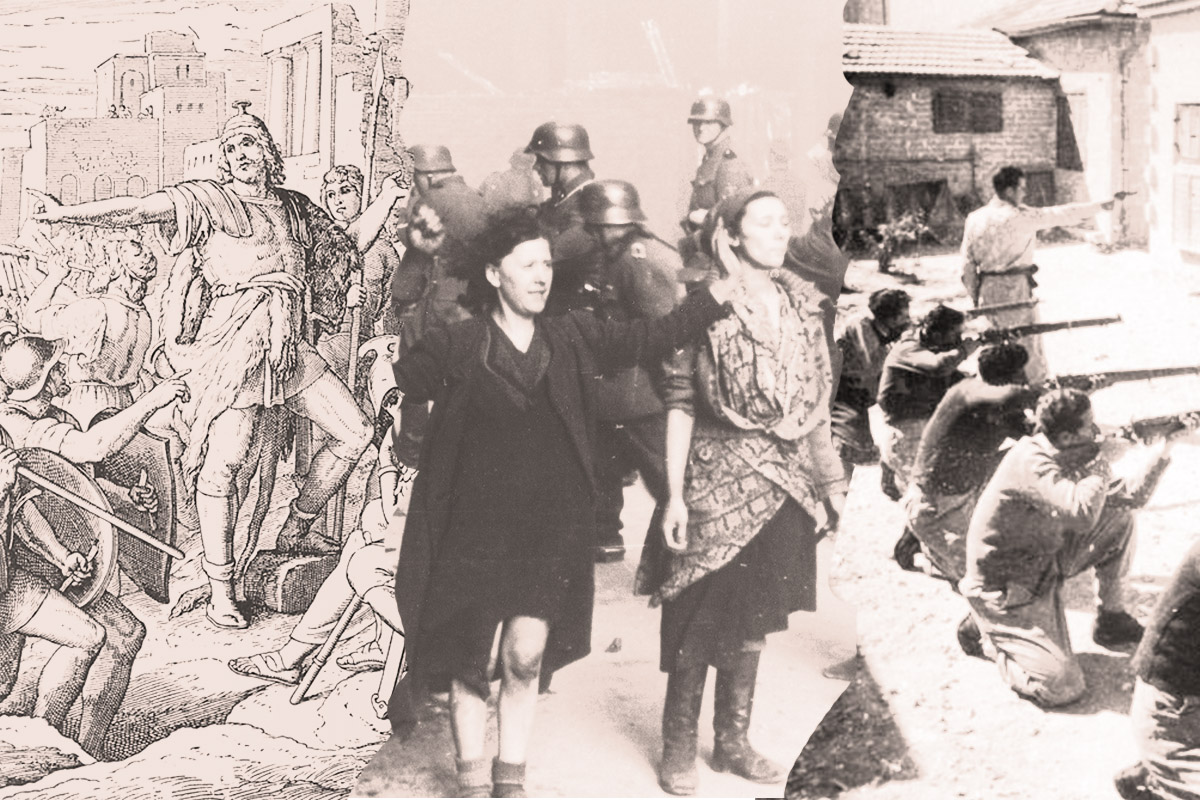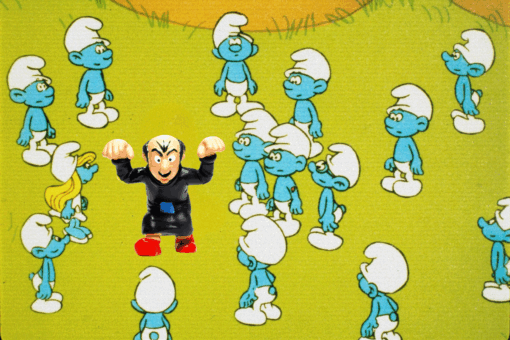Since George Floyd’s brutal murder at the hands of police in Minneapolis, Minnesota on May 25, protests and uprisings have spread rapidly across the streets of America, with protesters marching to decry police brutality and demand justice.
Floyd’s murder, which took place during a pandemic that has disproportionately affected the Black community, also comes on the heels of the recent murders of Ahmaud Arbery and Breonna Taylor, not to mention countless other Black victims of police brutality in American history.
These events, combined with the anger and frustration of a community over centuries of systemic oppression, have coalesced to form a mass of demonstrations — some of which have turned violent. Throughout the country, media coverage has been focused on tear gas, burning vehicles, and shattered windows. Despite the fact that a majority of the protesting remains peaceful, images of arson and vandalism dominate. In response, the tide of the national conversation is turning to center on the morality of rioting and looting instead of the immorality of racism and police brutality. Rather than examining the systems that led us here and what we need to do to help dismantle white supremacy, I keep hearing a different question being asked: What, exactly, does rioting accomplish?
A lot, actually.
In recent history, several riots helped spark important political movements and became vanguards for policy change: the Stonewall riots in 1969, for instance, led to the formation of the LGBTQ+ movement and Pride, and the Suffragette riots of the early 20th century led to the 19th amendment. In 1968, civil disturbances and unrest across the U.S. after Martin Luther King Jr.’s assassination led to the swift passage of the Civil Rights Act of 1968. Throughout history, rioting has been a last recourse, resorted to out of anger and pain by marginalized people who have been continually ignored and dismissed. Historically, they’ve often led to legitimate change.
But in Jewish circles, I’ve noticed a particularly troubling trend that keeps coming up: comparing anti-Semitism to racism. Specifically, many are noting that although the Jewish people have been enslaved and oppressed, we’ve never rioted or protested. We are, I keep hearing, the “People of the Book,” a nickname that’s apparently a euphemism for non-violent resistance. I’m hearing it from acquaintances and seeing it written all over social media: “We don’t revolt.”
But that’s simply not true. As a matter of fact, Jewish history is full of tales of revolt by our people. The Jewish historical timeline reads like one long narrative of uprising. From the Bar Kochba revolt against the Roman Empire to the Haganah who revolted against the British Mandate, the Jewish people, history tells us, have a legacy of revolting.
It’s impossible to conflate the anti-Semitism Jews have faced throughout history with the racism that Black people (including Black Jews) have faced throughout history — they’re unequivocally different beasts. Instead, I think it’s important to share these stories to remind any Jews decrying the rioting that our history is full of instances in which the Jewish people have risen up in times of oppression to fight for their rights, rioting, rebelling, and revolting along the way, and that we shouldn’t discredit others for uprising against their oppressors right when they need to most.
Here are a few highlights:
Persian Jewish Uprising
355 BCE

Probably the earliest Jewish revolt was the ancient Jews of Persia against their would-be attackers, around 355 BCE. Haman, the royal advisor to King Ahaseurus, fell into a murderous rage after Mordechai refused to bow to him, and decreed that Jews across the kingdom of Persia be annihilated, calling for genocide. Queen Esther, Ahaseurus’ Jewish wife, enacted another decree: that Jews could fight back. They did, revolted, and wiped out their opposition in an astounding victory. It’s the first recorded mass uprising by the Jewish people, who fought for their bodily autonomy and against Persian persecution. Today, we celebrate this uprising through the holiday of Purim, in remembrance of when our nation fought back and was saved from genocide.
The Maccabean Revolt
167-160 BCE
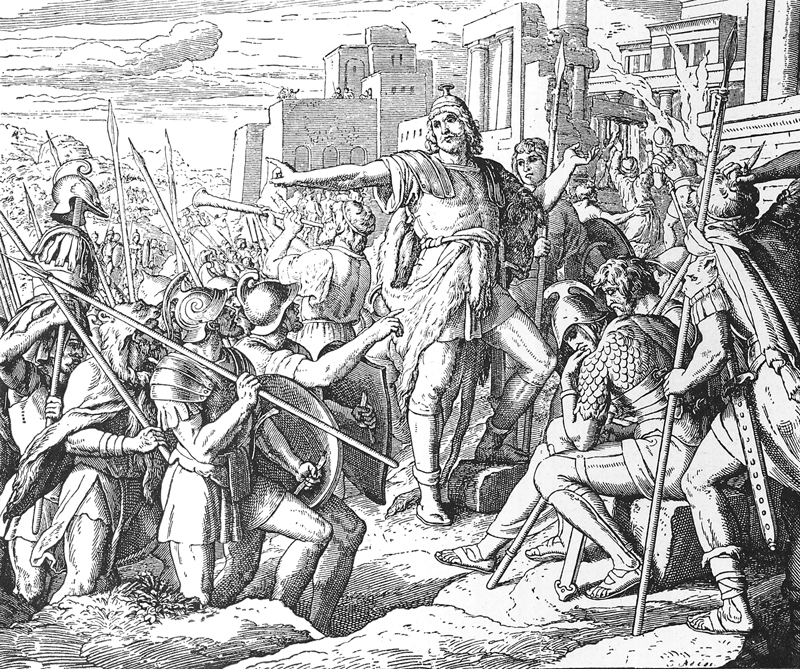
Another well-known Jewish revolt is the one that gave us Hanukkah: the Maccabean revolt. Led by Judah Maccabee and his brothers from 167-160 BCE, the Maccabean revolt was a Jewish rebellion against the Seleucid Greek Empire, which colonized ancient Judea, ordered the worship of Greek gods, and forbade religious practice. The Maccabean forces were notorious for their speed and employed guerrilla warfare, and ultimately led an uprising of a small group of Jewish dissidents against a massive army to victory. They reclaimed the Temple, reinstated Jewish rule, and secured a treaty that restored their freedom. Thousands of years later, we remember these events by celebrating Hanukkah, the eight-day festival of lights, when we retell the story of Hanukkah and light the menorah.
The Great Revolt of Judea
66-73 CE
The Great Revolt of Judea, which occurred between 66-73 CE, was a series of riots by the Jews against the Roman Empire in response to the infringement of civil and religious rights. After years of unrest under various Roman rulers and procurators, the rioting was kicked into high gear after a new procurator, an ancient Roman governor named Florus, began stealing from the Temple and murdering Jews. The rioting intensified when Florus attempted to stop it; he only incited more revolutionary anger. Unfortunately, this ended tragically, resulting in the destruction of the second Jewish Temple and the displacement of the Jews, many of whom were scattered throughout the diaspora or sold into slavery. It was a pivotal event in Jewish history, and one we still mourn today, on the fast of Tisha B’av.
Bar Kochba Revolt
132-136 CE

After a few generations of Jewish displacement and uneasy peace, the Jewish-Roman tensions again erupted, this time resulting in the famous Bar Kochba revolt in 132–136 CE. Like the Maccabees, Bar Kochba’s resistance fought using mostly guerrilla tactics. They succeeded in decimating an entire legion and driving the Romans out. Following the initial rebel victories, an independent Judean state was established and lasted for over two years under Bar Kochba’s rule. Ultimately, this rebellion, too, ended in tragedy, when the Roman Emperor returned with reinforcements, wiped out Judea, and renamed it Syria Palaestina. It was a period that forever altered the Jewish nation.
Warsaw Ghetto Uprising
1943
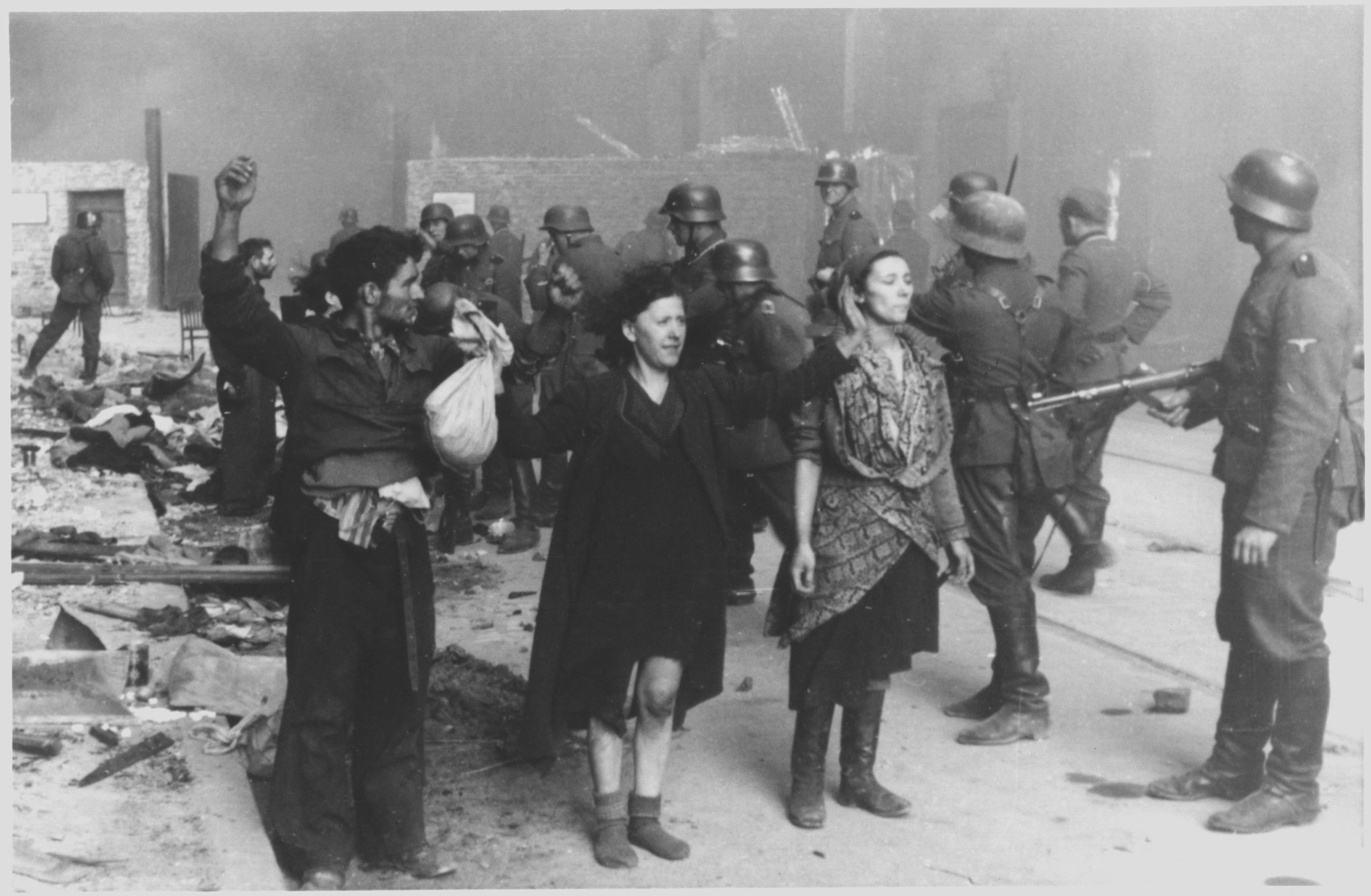
Millenniums after Bar Kochba, when the Nazis were planning to transfer the Jews in the Warsaw Ghetto to concentration camps, the Jews of the ghetto came together to fight back in what is now called the Warsaw Ghetto Uprising. They smuggled in weapons and explosives and began training underground. Their survival was near impossible, but on April 19, 1943, they rebelled against the Nazi occupation, using hand guns, glass bottles, and improvised Molotov cocktails. The Nazis murdered almost all of them, but when they went down, it was with the honor of fighting for their survival, and with the pride of knowing they’d resisted. It was the largest revolt by Jews during World War II, and in an era marked by the slaughter of millions of Jews, their bravery stands out.
Jewish Revolt Against the British Mandate
1939-1947
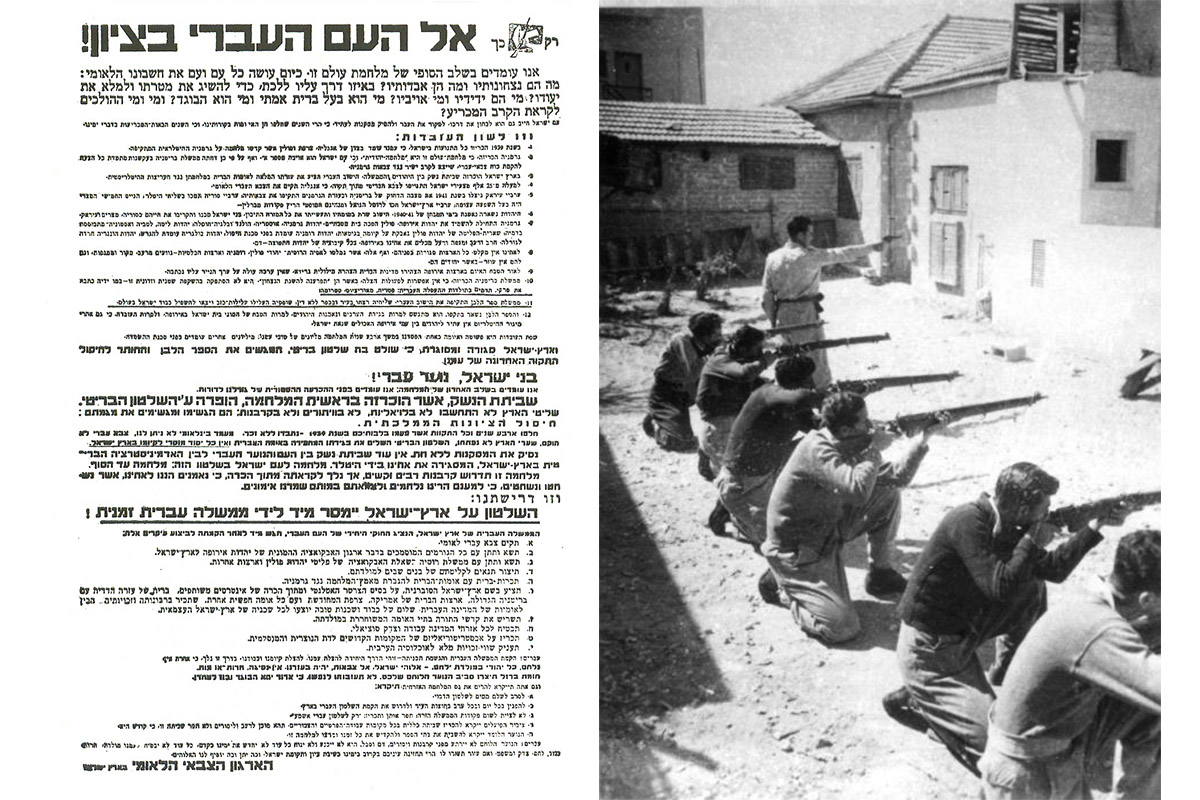
During World War II and after the Holocaust, Jews began to immigrate en masse to British Mandatory Palestine. When the British published the White Paper in 1939, restricting Jewish immigration and curtailing land-owning rights, some Jewish groups rebelled.
Quick background: In 1920, the Haganah was founded as a Jewish paramilitary organization. In 1931, Irgun Zvai Leumi splintered off from the Haganah, based on Revisionist Zionism, and in 1940, Avraham (Ya’ir) Stern formed Lehi, a breakaway of the Irgun. (Lehi is an acronym for Lohamei Herut Israel, which translates to “Fighters for the Freedom of Israel.” Lehi was more commonly called the “Stern Gang.”) (Read more about the 1930s and 1940s in Mandatory Palestine here.)
In February 1944, the Irgun declared the Jewish Revolt against the British; in October 1945, after World War II ended, the Haganah allied with the Irgun and Lehi in anti-British campaigns. (In June 1946, however, the Haganah would withdraw from the alliance.) The British suffered a series of defeats at the hands of these groups, including some atrocities — eventually, however, they left Mandatory Palestine and turned over the issue of Israel-Palestine to the newly formed United Nations.
TL;DR
The Torah doesn’t hold anything back when it comes to the history of our people — the stories tell of the good, the bad, and the ugly. Instead of sugarcoating our history at a critical moment like this, let’s remember that Jews — like so many other marginalized groups throughout history — have turned their anger and hopelessness at the hands of injustice into revolt. They didn’t always have happy endings, but when they did, they changed the course of Jewish — and world — history.
As Martin Luther King, Jr. famously said, “A riot is the language of the unheard.” Today, as in the past, it’s making people listen.
